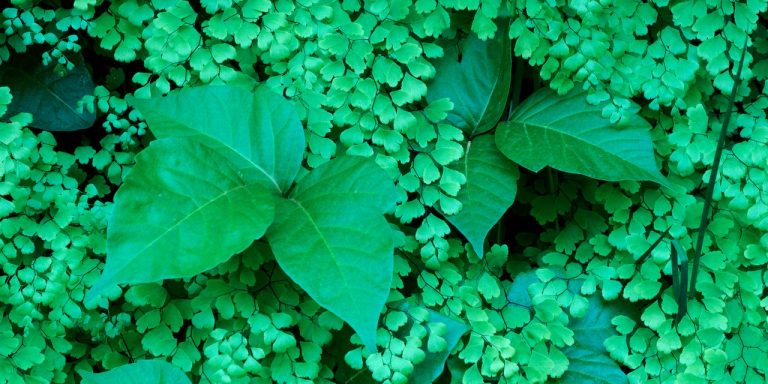
Back to top
What does poison ivy rash treatment usually entail?
There are two goals in treating a poison ivy rash: soothing the itch and decreasing inflammation. If your rash is mild and on a small section of skin (and you know it’s from poison ivy), the AAD says you can feel free to treat it at home; if it’s widespread, severe, doesn’t improve in seven to 10 days, or seems infected, get in touch with a primary care doctor or dermatologist and ask about medication.
Here are the main ways poison ivy symptoms are treated, from home remedies to prescription medications—and what to do if the rash is seriously uncomfortable.
Oatmeal baths: Scientists aren’t totally sure why oatmeal baths work, but colloidal (finely ground) oatmeal seems to have both anti-inflammatory and antioxidant properties that calm the skin and reduce itching, making it a go-to remedy for poison ivy (and other annoying skin issues, like sunburn or eczema). You can buy rolled oats at the grocery store and blend them into a fine powder, or purchase premade colloidal oatmeal treatments ($15, Amazon). Sprinkle it in a warm (but not hot!) bath and soak for less than 10 minutes, then pat yourself dry and apply a light moisturizer, per the Mayo Clinic.
Cool compresses: Cover your irritated skin with a cool, damp—not soaking—towel three or four times a day, according to the Cleveland Clinic. It should make your skin cool, but don’t leave it on long enough to make the skin moist or whitish.
Calamine lotion: Calamine lotion ($8, Amazon) is a pink topical lotion that contains zinc oxide and iron oxide. It can both help soothe the itch and dry up weeping poison ivy rash blisters. “Calamine lotion is best applied to the rash after the blisters have formed,” Dr. Levoska says.
Menthol creams: Lotions and creams containing menthol (a chemical found in mint plants) has a cooling effect that can help soothe the itch, making it a useful poison ivy rash treatment, according to the Mayo Clinic.
Over-the-counter antihistamines: Oral antihistamines like diphenhydramine (Benadryl) or loratadine (Claritin) may help relieve itching, according to the Mayo Clinic.
Prescription topical corticosteroids: Unfortunately, over-the-counter corticosteroids don’t tend to help much, Dr. Gupta says. Ask your doctor for something stronger, such as clobetasol propionate, if the above home remedies don’t keep your itching at bay. Prescription-strength topical corticosteroids help to reduce inflammation that can drive itchiness, she explains.
Prescription oral or injectable steroids: If you’re unlucky enough to get a poison ivy rash on your face or genitals, or the rash covers an especially large area of your skin, a doctor may want to prescribe oral steroids to help with discomfort, Dr. Gupta says. Steroid injections can also help relieve itching and swelling in more severe cases.
Antibiotics: If you scratch a poison ivy rash (and, look, it’s usually impossible not to at least a little—but do your best not to!), you may end up with a skin infection and need antibiotics to clear things up.
Most poison ivy rashes will go away on their own within one to three weeks, Dr. Gupta explains. In the meantime, we’re sending all our anti-itch wishes your way.
Back to top
Sources:
- Wilderness & Environmental Medicine, Toxicodendron Dermatitis: Poison Ivy, Oak, and Sumac
Related: